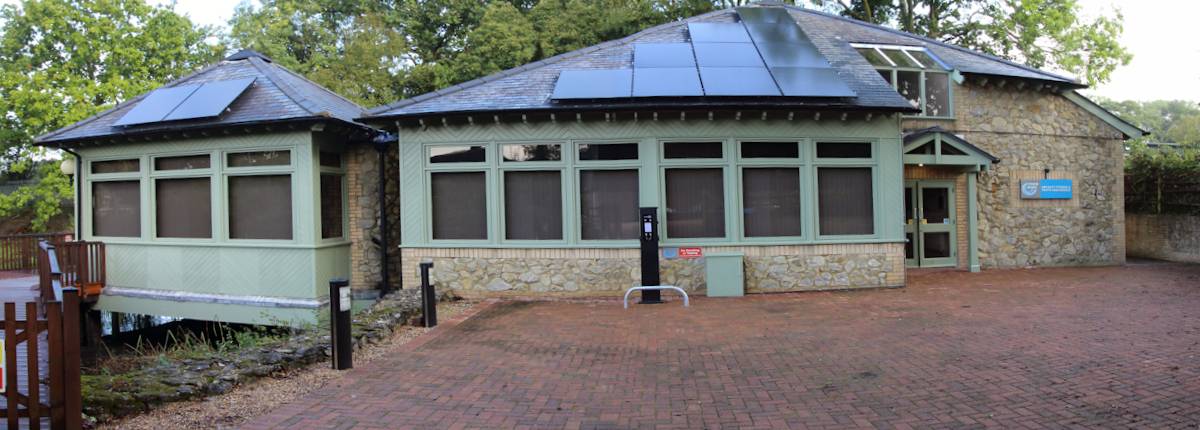| Scottish Airspace Modernisation - Consultation 20 October 2025 to 25 January 2026 |
Scottish Airspace Modernisation is part of a nationwide upgrade to UK airspace, driven by the UK Government Airspace Modernisation Strategy. Across the country, eighteen airports are developing Airspace Change Proposals to meet the objectives outlined by the Strategy.
In Scotland, airspace modernisation is being led by Edinburgh Airport, Glasgow Airport and NATS – the UK’s main provider of air traffic services. Together, they are referred to as ‘sponsors’ for Scottish Airspace Modernisation.
Edinburgh Airport and Glasgow Airport are responsible for redesigning the airspace up to 7,000ft, including the modernisation of their departure and arrival routes. NATS is responsible for connecting these routes into the wider UK airspace network above 7,000ft.
From Monday 20 October 2025 to Sunday 25 January 2026, we are consulting on these proposed changes. We are asking communities, airspace users and other key stakeholders to share their feedback and help shape the airspace design.
For more information and to take part in the consultation see here: https://scottishairspacemodernisation.co.uk/
AOPA will be submitting a response and welcome any views and comments on the proposals from actual airspace users by 16 January 2026. Please email these to
AOPA's initial overview of the Scottish Airspace Modernisation: Implications and Priorities for General Aviation
The Scottish Airspace Modernisation Programme forms part of the UK-wide Airspace Modernisation Strategy, led by the Department for Transport (DfT) and the Civil Aviation Authority (CAA). In Scotland, the programme is being developed jointly by Edinburgh Airport, Glasgow Airport, and NATS, who act as “sponsors” responsible for redesigning and integrating Scottish airspace below and above 7,000 feet.
While the programme aims to modernise routes, improve environmental performance, and increase commercial efficiency, it also brings significant implications for General Aviation (GA) and aerial work operators, whose access to flexible, low-level airspace is essential to training, safety, and economic activity across Scotland.
Key Impacts on General Aviation:
1. Reduced access and flexibility
Expansion or reclassification of controlled airspace may restrict VFR operations, limiting access to airfields and routes traditionally used by GA. Increased reliance on ATC clearance could constrain flexibility, particularly for recreational and training flights.
2. Higher compliance costs
Mandatory adoption of GNSS-based navigation and electronic conspicuity systems could cost several thousand pounds per aircraft. For small operators and flying schools, such costs represent a substantial burden, threatening business sustainability.
3. Increased operational complexity
Modernisation will introduce more structured routes and performance-based procedures. While improving predictability, these changes increase pilot workload and may discourage less-experienced aviators or those flying older aircraft without advanced avionics.
4. Displacement and congestion
GA flights may be pushed into narrower corridors outside controlled areas, heightening risks of congestion and airspace infringements. This displacement could also create inefficiencies and increased fuel use.
5. Economic strain on small operators
Training organisations, aerial survey companies, and agricultural aviation businesses rely on access to uncongested low-level airspace. Any loss of that flexibility could limit operational capacity, raise costs, and reduce Scotland’s aviation skills pipeline.
6. Reduced availability of low-level airspace
Activities such as aerial photography, surveying, pipeline inspection, and environmental monitoring depend on free access to low-level airspace. Constraints could undermine these sectors, which support vital national and local infrastructure.
The Potential Gains:
When proportionately implemented, modernisation can deliver genuine safety and efficiency benefits. The adoption of performance-based navigation (PBN) and improved surveillance enhances predictability and situational awareness, reducing the risk of airspace conflicts. Modern systems could enable better integration between GA and commercial operations, and potentially simplify transits through controlled areas if access arrangements are fairly designed.
However, these gains will only be realised if the design process explicitly safeguards GA access and supports affordable compliance paths for smaller operators.
Economic and Social Importance of GA:
General Aviation contributes significantly to Scotland’s economy and transport resilience. It supports pilot training, engineering employment, business travel, tourism, and emergency response. Many rural and island communities depend on GA for connectivity and aerial work services. GA’s role in innovation—especially in electric and sustainable aviation—is also growing. Airspace designs that inadvertently marginalise GA risk undermining this ecosystem and weakening Scotland’s broader aviation capability.
Political and Policy Context:
Although airspace regulation remains reserved to the UK Government, the Scottish Transport Minister has an important advocacy role. By influencing discussions with the DfT and CAA, the Minister can ensure Scottish regional, economic, and environmental priorities are properly reflected. Alignment with devolved objectives—such as regional connectivity, net-zero transition, and rural development—creates a strong platform for intervention on GA’s behalf.
AOPA Recommendations include:
1. Guarantee proportional access: Ensure GA retains access to Class G airspace and transparent transit arrangements through controlled zones.
2. Establish consultation guarantees: GA stakeholders, including AOPA, GASCo, and local flying organisations, should be directly represented in all Scottish airspace design stages.
3. Provide equipage support: Advocate for funding or phased compliance to help smaller operators meet surveillance and navigation requirements.
4. Protect low-level operations: Maintain flexible-use principles and avoid blanket restrictions that hinder aerial work, training, or recreational flying.
5. Engage political support: The Scottish Transport Minister, MSPs, and regional councils should be briefed on the economic and training value of GA and encouraged to champion access rights.
6. Promote data-led dialogue: Use safety, economic, and operational data to demonstrate GA’s contribution to Scotland’s aviation ecosystem and argue for proportionate regulation.
In Conclusion:
Scottish Airspace Modernisation offers a valuable opportunity to enhance safety, capacity, and environmental performance. However, without careful balance, it risks marginalising the very GA and aerial work sectors that underpin regional connectivity, skills development, and innovation. Sustained engagement, fair access provisions, and political advocacy are essential to ensure that modernisation strengthens — rather than diminishes — the diversity and resilience of Scottish aviation.

